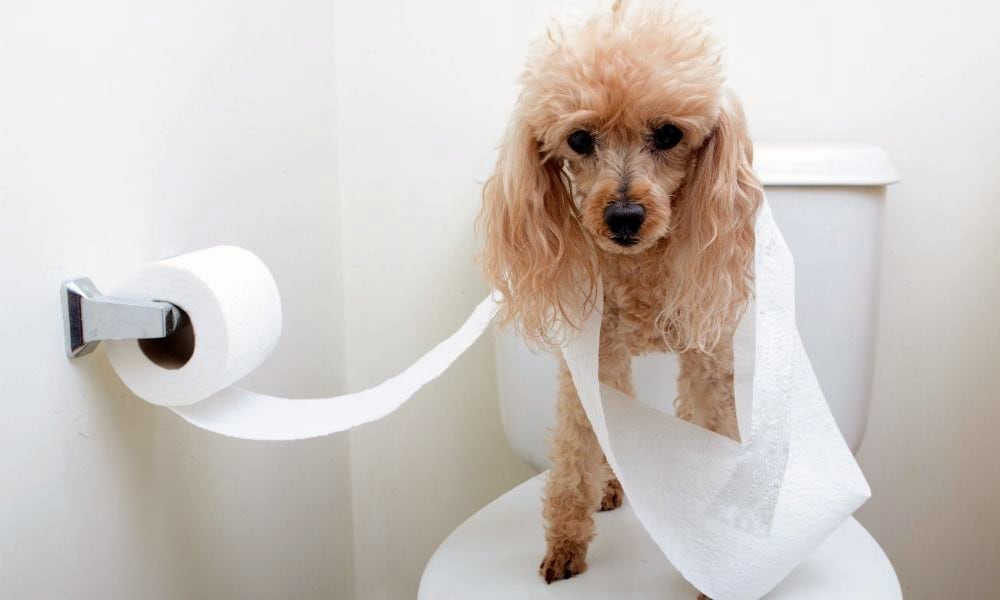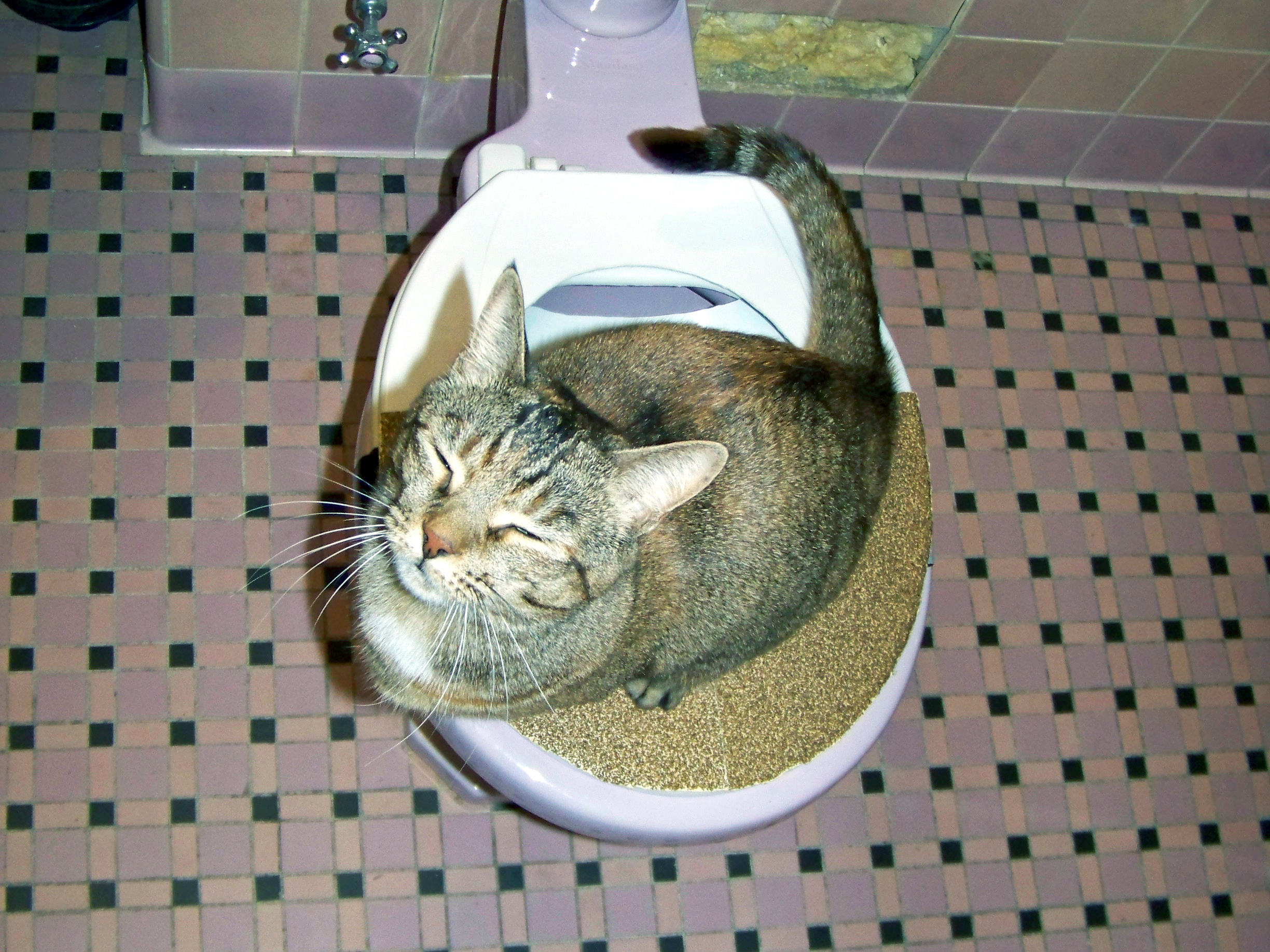What Flushing Animal Waste Could be Not Advisable
What Flushing Animal Waste Could be Not Advisable
Blog Article
Were you in search of related information about Don't Flush Your Pets Poo Down The Loo, Vet Warns?

When it involves getting rid of waste, specifically animal waste, lots of people often turn to the practical choice of flushing it down the commode. However, this seemingly simple solution can have significant effects for the environment and public health. In this write-up, we'll explore why flushing pet waste down the commode is a poor idea and supply alternate techniques for proper disposal.
Intro
Appropriate garbage disposal is vital for maintaining ecological sustainability and public health. While it might seem safe to purge animal waste down the toilet, it can cause various issues, both for the setting and human wellness.
Threats of flushing pet waste
Ecological effect
Flushing animal waste presents damaging microorganisms and pathogens right into waterways, which can adversely impact water environments. These pathogens can contaminate water resources and injury aquatic life, interrupting delicate communities.
Public health problems
Pet waste has harmful microorganisms such as E. coli and Salmonella, which can pose severe wellness dangers to people. Flushing pet waste down the bathroom can infect water materials, leading to the spread of illness and infections.
Alternatives to flushing
Rather than flushing animal waste down the toilet, there are numerous different disposal approaches that are a lot more environmentally friendly and sanitary.
Composting
Composting animal waste is an environment-friendly method to take care of it. By composting, organic matter is broken down right into nutrient-rich dirt, which can be made use of to fertilize yards and plants.
Landfill disposal
Dealing with pet waste in a garbage dump is another option. While not as environmentally friendly as composting, it is a much safer option to flushing, as it prevents the contamination of water sources.
Family pet waste disposal systems
There are specialized animal waste disposal systems offered that safely and hygienically deal with pet waste. These systems typically make use of enzymes to break down waste and eliminate smells.
Actions to correct pet waste disposal
To guarantee proper disposal of pet waste, follow these actions:
Scooping and getting waste
On a regular basis scoop and bag animal waste making use of naturally degradable bags. This prevents waste from infecting the atmosphere.
Making use of assigned waste containers
Dispose of bagged pet waste in marked waste containers, such as garden compost containers or land fill containers. Avoid flushing it down the commode at all costs.
Cleaning litter boxes and family pet locations consistently
On a regular basis tidy can and family pet locations to stop the accumulation of waste and bacteria. Use pet-safe cleaning items to preserve hygiene.
Advantages of appropriate disposal techniques
Taking on proper disposal approaches for pet waste offers numerous advantages:
Reduced environmental pollution
Proper disposal methods lower the risk of environmental pollution, shielding waterways and environments from contamination
Decreased threat of water contamination.
By preventing flushing pet waste down the commode, the danger of water contamination is significantly reduced, securing public health.
Enhanced hygiene and health
Appropriate disposal approaches promote far better hygiene and hygiene, creating a safer atmosphere for both human beings and pets.
Final thought
Finally, purging pet waste down the bathroom is damaging to the atmosphere and public health. By adopting alternate disposal methods and following correct waste monitoring techniques, we can lessen the adverse effect of pet waste and contribute to a cleaner, healthier planet.
What To Do With Dog Poo – The Do's And Don'ts Of Disposing Of Faeces
Dog poo bins
Some councils provide dedicated dog waste bins in popular dog-walking areas that can take dog poo that has been bagged but you can legally dispose of dog waste in any public litter bin, as long as it is securely bagged. This also applies to your wheelie bin at home.
Do not flush
Water companies do not recommend flushing dog faeces down the toilet because certain parasites can survive the water processing treatment and are potentially harmful to humans. You should also never consider flushing dog poo that has been bagged down the toilet as the bags will not break down and instead create severe blockages in the sewage system.
In the woods
The Forestry Commission promotes a ‘stick and flick’ method for dealing with waste in the woods. This means finding a stick and using it to flick any poo from off the path so that it is out of the way of other walkers. You could also bury it as long as it is not in an area where there might be livestock.
Livestock
Parasites found in dog poo can be transmitted to livestock if they inadvertently eat infected faeces that has been left on grazing land. This could result in the death of sheep or abortion in cattle so you should always make sure you pick up your dog’s waste in fields where livestock could be present.

On a regular basis tidy can and family pet locations to stop the accumulation of waste and bacteria. Use pet-safe cleaning items to preserve hygiene.
Advantages of appropriate disposal techniques
Taking on proper disposal approaches for pet waste offers numerous advantages:
Reduced environmental pollution
Proper disposal methods lower the risk of environmental pollution, shielding waterways and environments from contamination
Decreased threat of water contamination.
By preventing flushing pet waste down the commode, the danger of water contamination is significantly reduced, securing public health.
Enhanced hygiene and health
Appropriate disposal approaches promote far better hygiene and hygiene, creating a safer atmosphere for both human beings and pets.
Final thought
Finally, purging pet waste down the bathroom is damaging to the atmosphere and public health. By adopting alternate disposal methods and following correct waste monitoring techniques, we can lessen the adverse effect of pet waste and contribute to a cleaner, healthier planet.
What To Do With Dog Poo – The Do's And Don'ts Of Disposing Of Faeces
Dog poo bins
Some councils provide dedicated dog waste bins in popular dog-walking areas that can take dog poo that has been bagged but you can legally dispose of dog waste in any public litter bin, as long as it is securely bagged. This also applies to your wheelie bin at home.
Do not flush
Water companies do not recommend flushing dog faeces down the toilet because certain parasites can survive the water processing treatment and are potentially harmful to humans. You should also never consider flushing dog poo that has been bagged down the toilet as the bags will not break down and instead create severe blockages in the sewage system.
In the woods
The Forestry Commission promotes a ‘stick and flick’ method for dealing with waste in the woods. This means finding a stick and using it to flick any poo from off the path so that it is out of the way of other walkers. You could also bury it as long as it is not in an area where there might be livestock.
Livestock
Parasites found in dog poo can be transmitted to livestock if they inadvertently eat infected faeces that has been left on grazing land. This could result in the death of sheep or abortion in cattle so you should always make sure you pick up your dog’s waste in fields where livestock could be present.

We had been made aware of that write-up about from a good friend on a different web address. Are you aware of another person who is interested by 10 Things You Should Never Flush Down The Toilet? Do not hesitate to promote it. Kudos for being here. Please come visit our website back soon.
Call Report this page